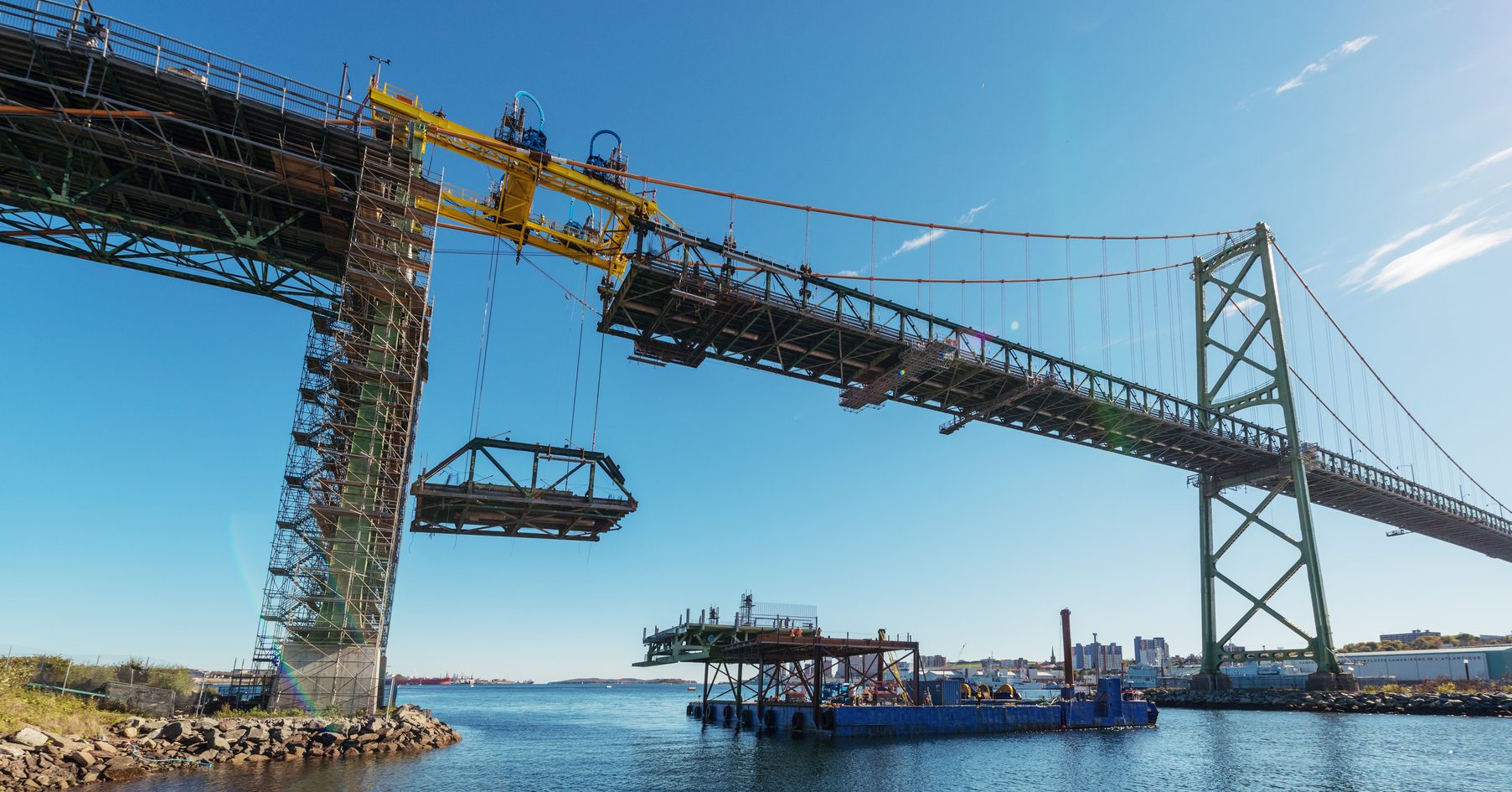By Derron Bain
As the world faces unprecedented economic shock, investment in public infrastructure will play a critical component in a stimulus and recovery program. Fighting the COVID-19 virus and meeting the economic demand for fiscal and liquidity measures goes well beyond the experience of 2008 financial crisis and is more similar to the impact of World War II on the world economy. With these budgetary pressures for government, the potential to expand the role of private finance in supporting stimulus through infrastructure investment is more important than ever.
The G20 countries announced measures totalling $5 trillion on March 26, equivalent to over seven per cent of 2019 G20 gross domestic product. Measures grow by the day. Larger deficits, challenges of debt sustainability, increased monetization, and pressure to respond to every issue will lead to high government borrowing and spending. Governments will need to assess where they invest: saving lives and livelihoods, protecting jobs, income security, general welfare of the most vulnerable, infrastructure investment. All are important.
Closing Canada’s Infrastructure Gap
Taxpayer funding of infrastructure alone will not be enough to meet the needs of Canadian communities. Canada’s infrastructure investment gap has been estimated to be between $110 billion and $270 billon. The private sector can play an important role in bridging the infrastructure gap.
The private sector has the expertise, capacity and capital to play a larger role in infrastructure renewal across Canada today and in the years ahead. Governments must continue to ask should they be directly responsible for the development of infrastructure assets? Do they have the capacity to directly deliver infrastructure on their own? What physical assets does government have to own, operate and maintain in order to deliver critical public services?
Building infrastructure is important but not more than the social or public services that rely on the infrastructure. The procurement process ought not to be more important than building and delivering the infrastructure itself. Do governments need to directly operate and maintain assets such as utilities and parking lots? Can the private sector play a more active role in the development of infrastructure assets and create more value to governments? These questions more than ever need to be weighed in the context of government burden of priorities around investing in social assistance and economic support programs.
An Evolution of Public-Private Partnerships
The public private partnership (P3) model of delivering infrastructure has largely resulted in on time, on budget delivery of projects delivering value for money to governments and Canadian taxpayers. Yet along with traditional public procurement models, P3 models rely on rigid request for qualification and request for proposal processes. The focus on driving low cost awards are not producing the ‘best overall outcome’.
These approaches have evolved to become costly, time and resource consuming, and inefficient for both the public and private sector. Alignment and collaboration between government and the private sector has not been as strong as it should be in the procurement, development, investment, and management of public infrastructure assets across Canada.
In short, culture, collaboration, and risk transfer are overdue a reset. The objective must be to secure better outcomes in the delivery and management of Canadian public infrastructure assets that will see end users benefit most. Governments, the broader public sector, and the private sector can and must do better.
The Integrated Project Delivery (IPD), Progressive Design Build, and Co-Development models are less commonly used to deliver Canadian public infrastructure but are instructive in enhancing infrastructure delivery outcomes. The closer collaboration and an integrated project team that are the hallmarks of these models equate to transparency in project delivery including for costs, schedule, and risk. The objective is better problem solving and better outcomes when issues arise.
Relationships and trust matter in these models. The approach enables governments to move away from the historical need to award projects to the low-cost bidder, focusing on better overall and long-term results. The approach moves away from the paradigm that infrastructure development and procurement is seeking a commodity, not assets that are used for 30-50 years or more.
The opportunity is to integrate the P3 and more collaborative infrastructure delivery models. The new approach can be informed by direct project experience. In 2017 Concert Infrastructure was engaged by Bruce Power LP, working together through an integrated P3 and collaborative model to deliver an office complex and training facility. The approach would allow governments to continue to realize most of the benefits of the P3 model including value for money, integration, and innovation; while achieving efficiency in procurement timelines, getting shovels in the ground more quickly, and producing better outcomes. Alignment between government and the private sector becomes a more important consideration in the approach.
Continued Benefit of Private Finance
Many Canadian pension plans have established platforms to develop, invest and manage public infrastructure across Canada. They have many successful partnerships with Canadian governments in delivering infrastructure investment programs and objectives primarily through the P3 model. These entities have established the most effective alignment with government in the delivery of public infrastructure and are positioned to continue to play an enhanced role in closing Canada’s infrastructure gap.
Institutional investors, including Canadian pension plans, have demonstrated that they are uniquely positioned through an alignment of values, interest, and objectives with government in the investment, delivery and management of public infrastructure. These investors have capacity and are prepared to play a continued role. Projects that deliver needed infrastructure assets also enable private sector investment that in turn supports Canadian pensions through stronger communities and boosting the economy.
The opportunity to draw in private investment and finance of infrastructure assets, aggregated with government investment, will be an important component of economic stimulus. Not only will these private sector investments support infrastructure development, they will also support the long-term pension returns for Canadian workers. The stability and long-term benefits of investing in public infrastructure are a critical component to the overall performance and security of these Canadian pension plan investment portfolios and the workers they support in retirement. The approach meets public policy objectives of increasing and accelerating infrastructure investment and supporting the financial security of retired workers.
This new approach can be particularly effective in accelerating shovel-ready projects. The approach lends itself to infrastructure projects of all sizes and scope. The approach would bring appropriate expertise from Canadian institutional investors and pension plans experience in delivering infrastructure, integrating the value and benefits of P3 and more collaborative delivery models.
An intelligent new approach to accelerate infrastructure projects, incorporating the value of private investment, finance, and P3 risk transfer will benefit governments and Canadians. Governments should adopt this framework to allow greater innovation in infrastructure investment and delivery, get better outcomes, and get shovels in the ground more quickly.
Derron Bain is the managing director of the Concert Infrastructure Fund.












